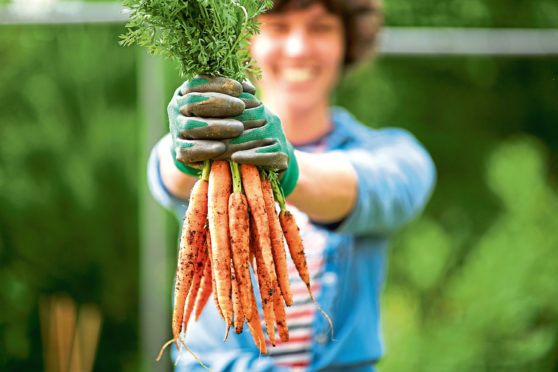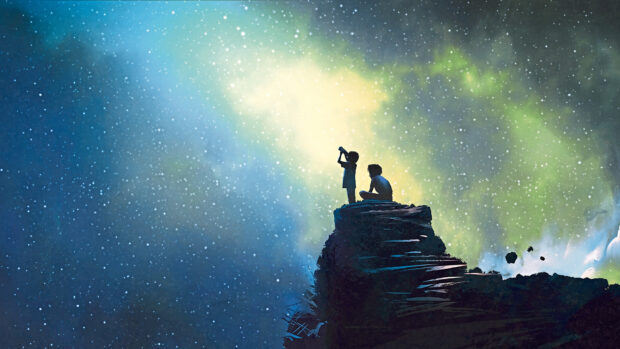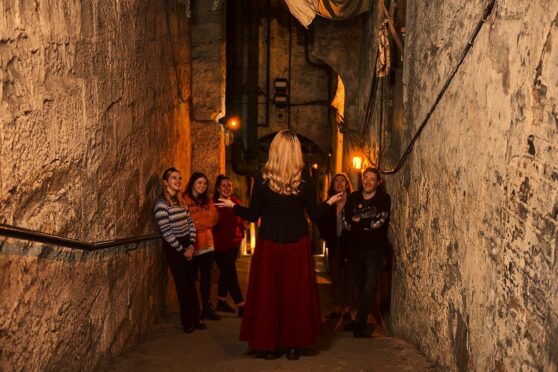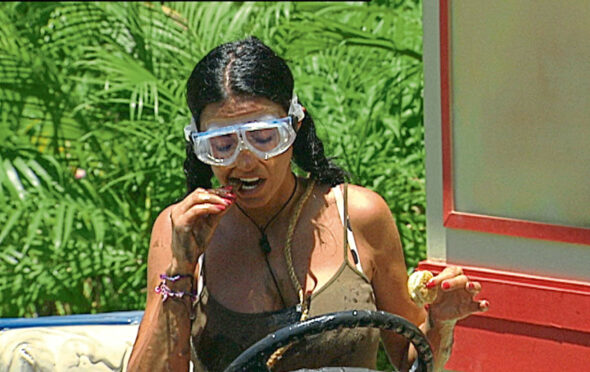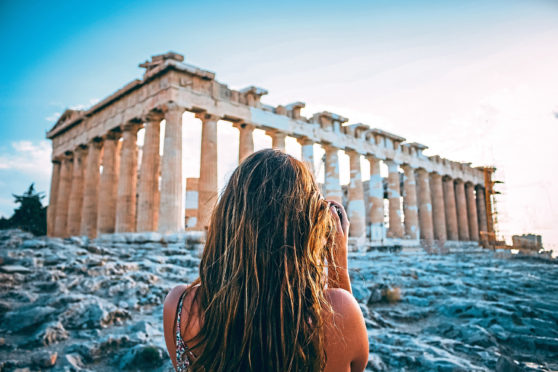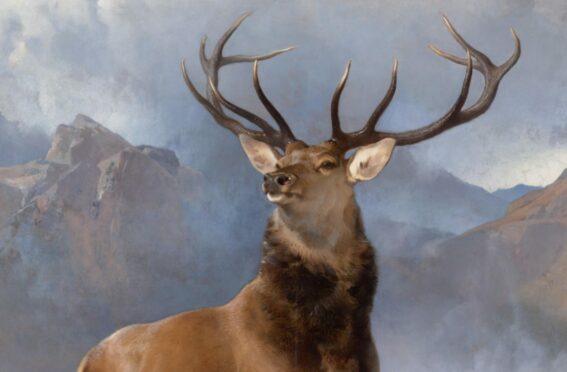
John Russell, 6th Duke of Bedford, and his wife Georgina Gordon were leading figures in the 18th-Century Romantic Movement.
Here, biographer Keir Davidson tells Alice Hinds how the couple influenced everything from art and architecture to agriculture and horticulture.
What are the characteristics of the Romantic Movement in which the pair were so involved?
In 1807 Georgina took her husband to Scotland to stay with her mother, Jane Maxwell, Duchess of Gordon, in her farmhouse beside the Spey at Kinrara in Badenoch. The Duke was absolutely enchanted by everything he saw – a completely new world opened up for him.
He fell under the spell of the romance of the Highlands and the influence of the Romantic Movement, that sense of wonder with which it sought to engage with the natural world to make sense of our own. From this time on the story places them firmly in that wonderful and exciting moment in art, science and culture when the sensibilities of the Romantic movement started to make themselves felt.
For the Duke, these new interests included becoming an active patron of contemporary artists and sculptors, and being an early patron of the young Edwin Landseer, who became a close friend and accompanied the Bedfords to Scotland where he was to produce some of his most famous works.
Why do you describe them as “improbable pioneers”?
Improbable because, given their starts in life, it is clear that had they not met and married, their lives would have been far less adventurous – it is very unlikely that they would have become involved in the things they did. Both introduced new ideas and understandings to the places and things in which they were interested.
Did Georgina’s mother influence her daughter?
Childhood summers were spent at the old shieling in Glen Fiddich with her mother where, under the influence of her friend, the early Romantic poet James Beattie, Jane explored the natural world around her.
In her teenage years, she spent much of each year with her mother living in the farmhouse at Kinrara in Badenoch.
How did the couple inspire painter Edward Landseer?
By introducing Landseer to the Highlands from 1824, the Bedfords enabled him to discover new dimensions in his art. Previously known for portraits, particularly of animals, Landseer now discovered landscape painting, adding Highland views to family portraits before going on to produce hundreds of drawings and paintings of the landscape. He was captivated by the forms, the effects of light, and expressing his emotional response to what he was seeing. Beyond this, Georgina herself was certainly to some extent his muse, and he produced numerous studies of her both full paintings and quick drawings.
What are the Glen Feshie huts, and why are they tied to the Bedfords’ romantic exploration of the Highlands?
The huts were originally part of an old township at Ruigh Aiteachain in Glen Feshie, a seasonal base for timber felling and summer grazing of livestock. Once Georgina leased them, they went on to provide the key location for Georgina’s rediscovery of Highland life – lost for women following the end of the practice of transhumance, seasonal grazing – and from which Landseer could explore upper Glen Feshie on painting expeditions.
Other cultural cornerstones the couple were involved in?
The Duke’s interests ranged from establishing collections of contemporary art to sculpture and other antiquities in Woburn Abbey, while also, in the gardens, creating collections of plants from South and Central America.
He planted collections of trees and established state-of-the-art greenhouses heated by hot water, while also carrying out scientific research, and publishing a series of leather-bound volumes to record all these activities.
He was also a key figure in the establishment of the national gardens at Kew and the creation of its plant collections.
What would you say is the couple’s most important legacy?
Beyond their specific interests, their most important legacy perhaps “lies in that sense of wonder which powered the Romantic ideal”, which provided, as one historian has put it, “the wider context of a mighty cultural effervescence, the nearest they came to the grand romantic sense of fruitful destiny in the 1840s”.
Improbable Pioneers Of The Romantic Age, by Keir Davidson, is out now

Enjoy the convenience of having The Sunday Post delivered as a digital ePaper straight to your smartphone, tablet or computer.
Subscribe for only £5.49 a month and enjoy all the benefits of the printed paper as a digital replica.
Subscribe
